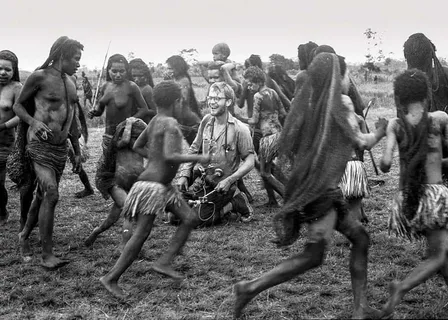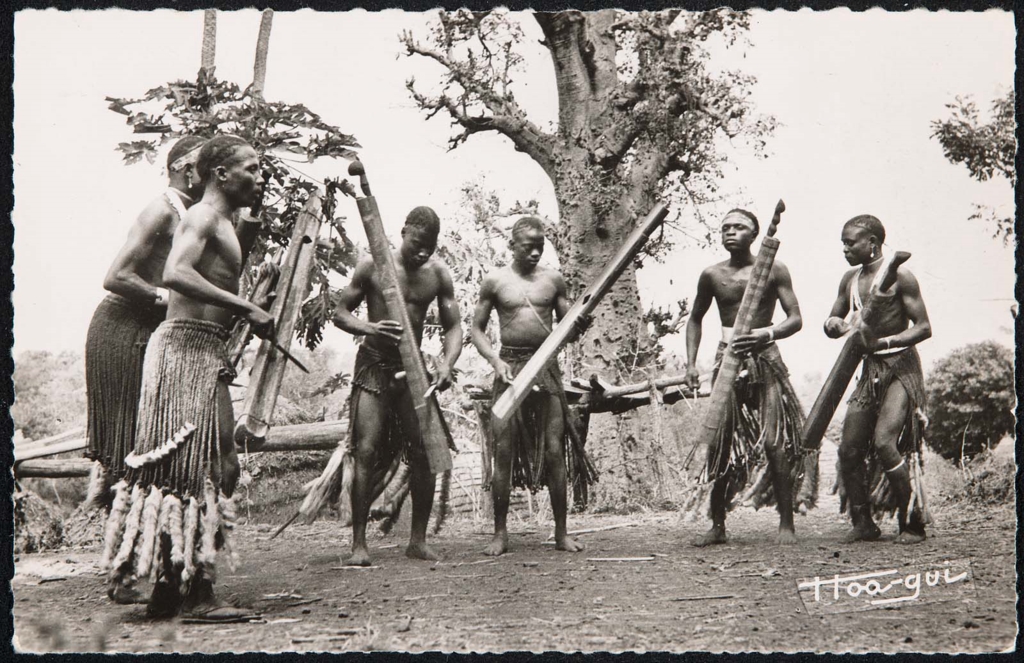In the dense, unforgiving jungles of New Guinea, a story unfolded in the early 1960s that has since captured the imagination and horror of the world. Michael Rockefeller, heir to one of the most significant fortunes in America and an avid collector of primitive art, embarked on a journey that was meant to enrich the Rockefeller family’s already impressive collection. What awaited him, however, was a fate far beyond the most macabre of nightmares.

Michael, the youngest son of New York Governor Nelson Rockefeller, had developed a profound interest in the native art of the Asmat people, a tribe known for their intricate wood carvings and a culture deeply intertwined with the spiritual and the ancestral. His journey in 1961 aimed to bridge cultures and to bring back artifacts that would provide the Western world with a glimpse into the Asmat way of life. Initially, Michael’s interactions with the Asmat people were marked by warmth and mutual fascination. He was received with open arms, an eagerness to share, and a genuine curiosity about the young man from a land so drastically different from their own.

However, Michael’s adventure took a harrowing turn when his catamaran capsized off the coast of what is now known as Papua, Indonesia. Opting to swim to shore to seek help, he was never seen alive again. Weeks of search and rescue efforts yielded nothing but heartache and unanswered questions. Theories abounded, from drowning to amnesia, yet the most chilling possibility emerged from whispered rumors and fragmented reports: Michael Rockefeller had been killed and cannibalized by a faction within the Asmat tribe.
This grim theory suggests that his initial warm reception was a facade, masking deeper, more sinister intentions. Perhaps it was an act of revenge for previous wrongs or a spiritual belief that consuming him would imbue the tribe with his power and prestige. The exact motives remain as murky as the waters that claimed his vessel.
The disappearance of Michael Rockefeller is a stark reminder of the vast chasms that can exist between different cultures, the dangers of underestimating the wilderness, and the unpredictability of human nature. Despite numerous investigations, documentaries, and books, the full truth of what happened that day remains elusive, shrouded in mystery, and the subject of speculation.
His story serves as a cautionary tale about the limits of adventure and the profound respect that must be afforded to indigenous cultures and their traditions. It also highlights the fragile boundary between life and death in the pursuit of knowledge and understanding. The tragic end of Michael Rockefeller remains a poignant chapter in the larger narrative of the Rockefeller family, a haunting intersection of exploration, ambition, and the unfathomable depths of the human condition
